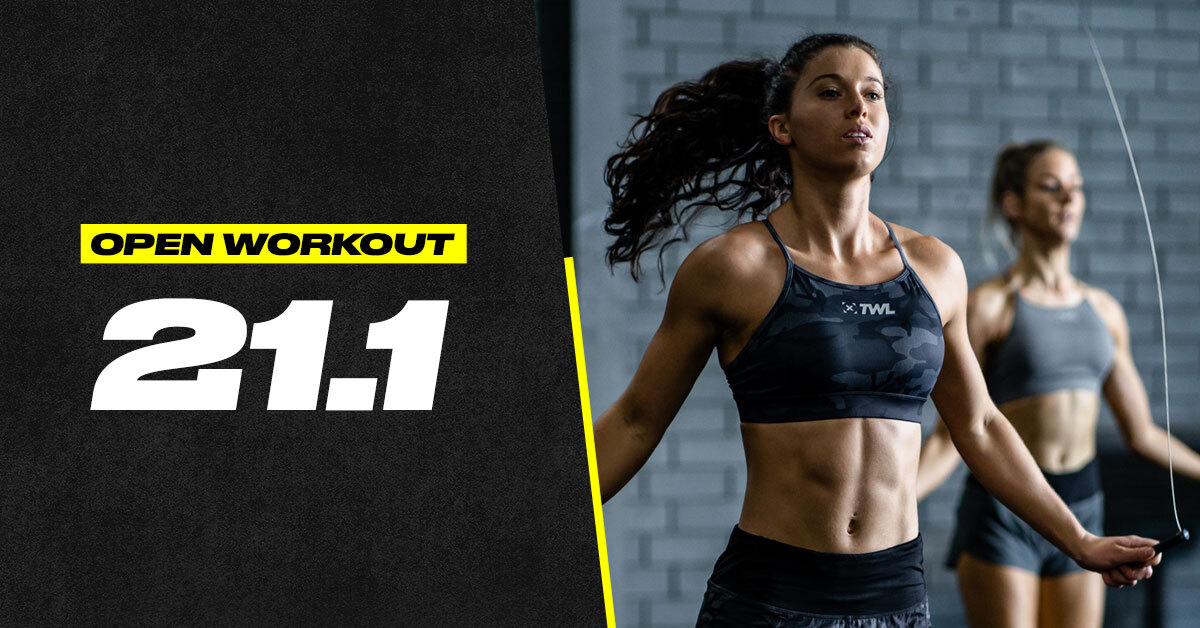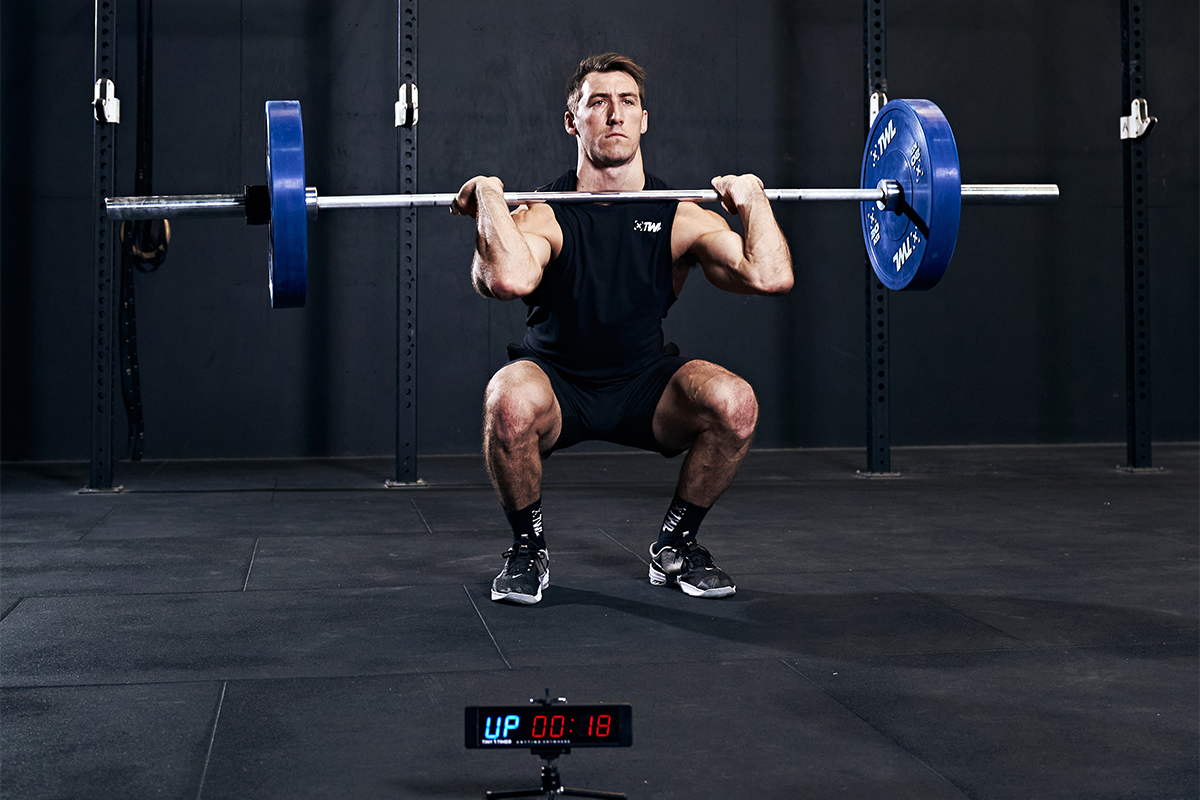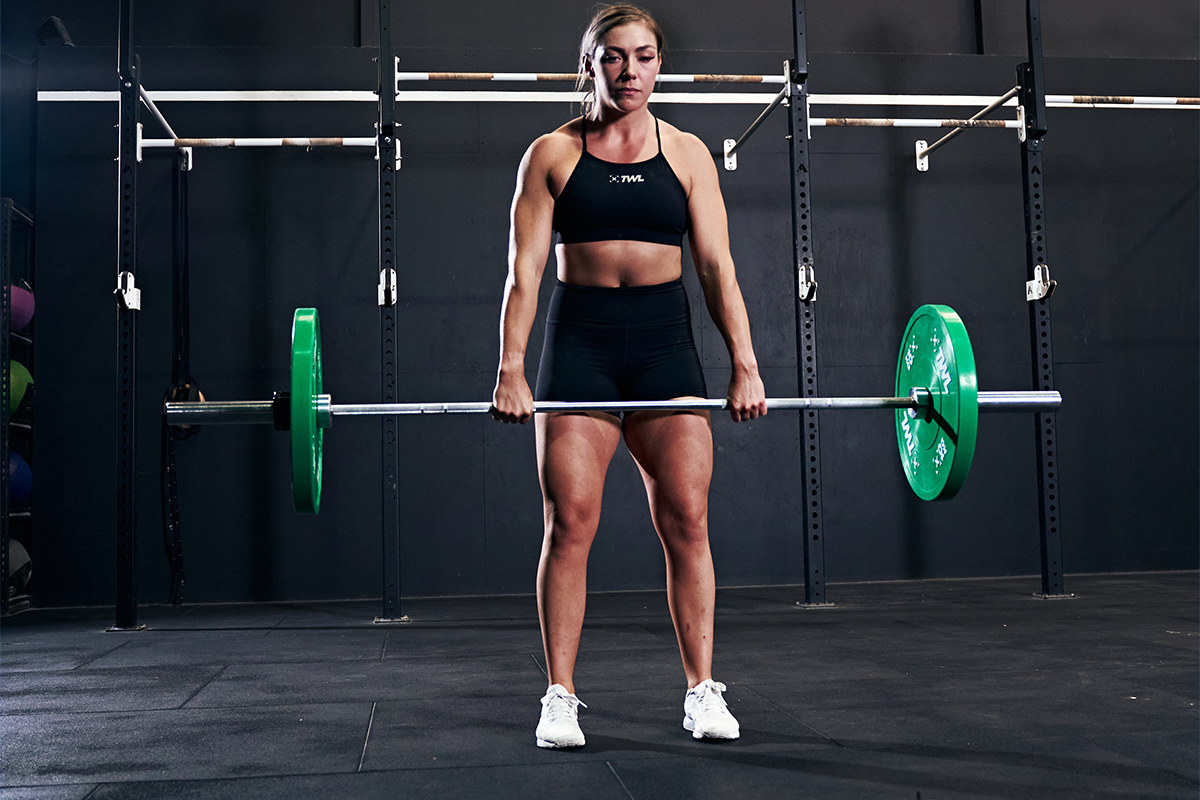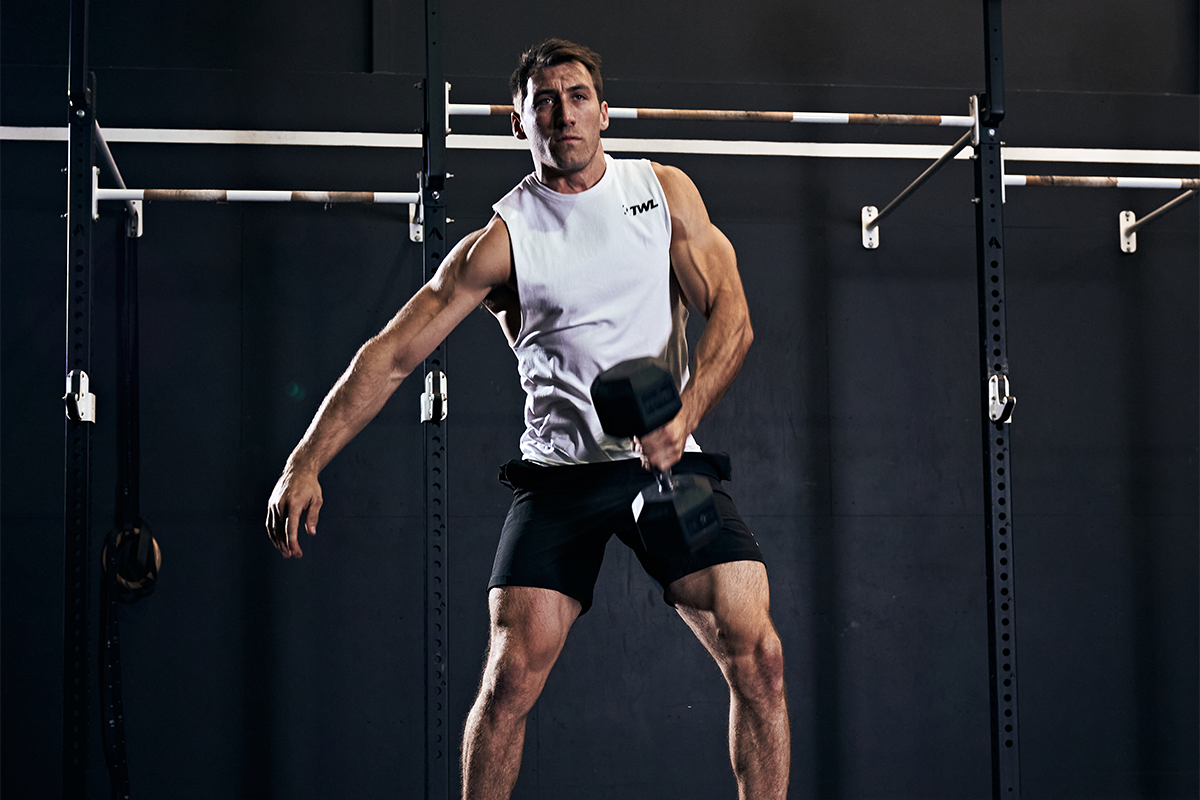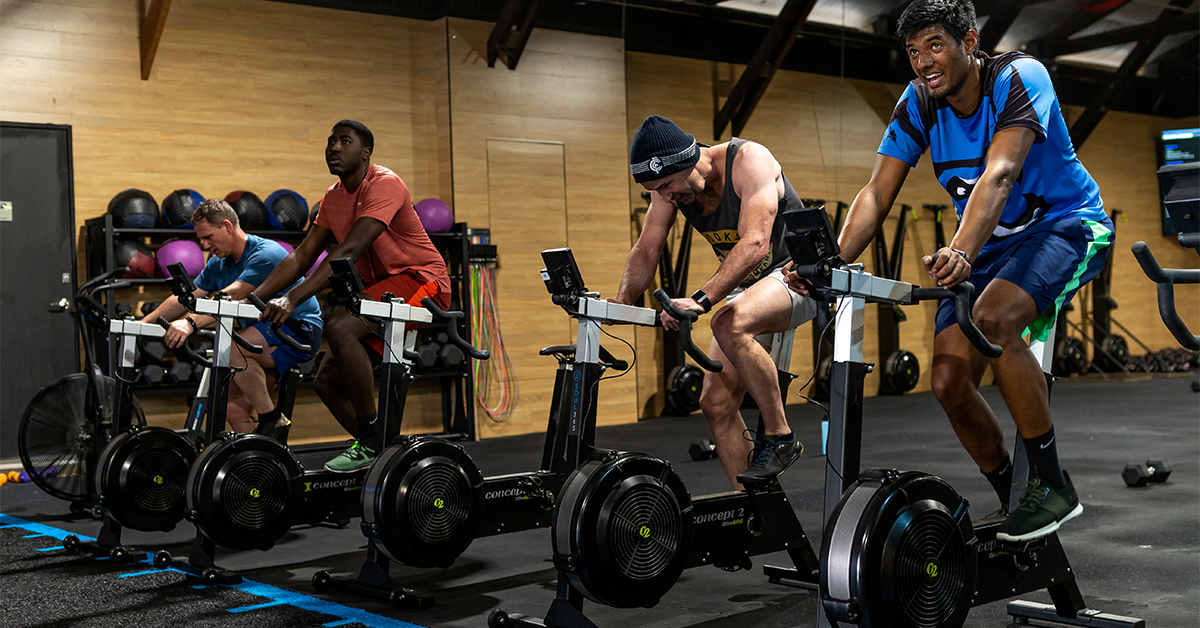It. Is. HERE! Workout 21.1 of the Open consists of two movements: one that we’ve seen in the Open every year, and one that we’ve never seen. We’ve got double-unders and… wait for it… wall walks.
As promised, CrossFit gave us a second version that requires no equipment. Here they are:
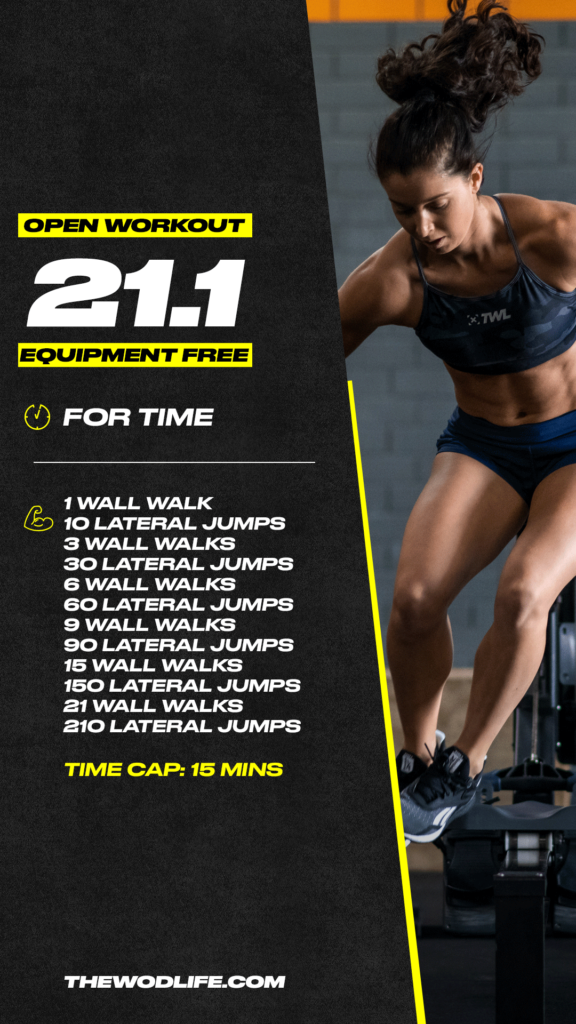
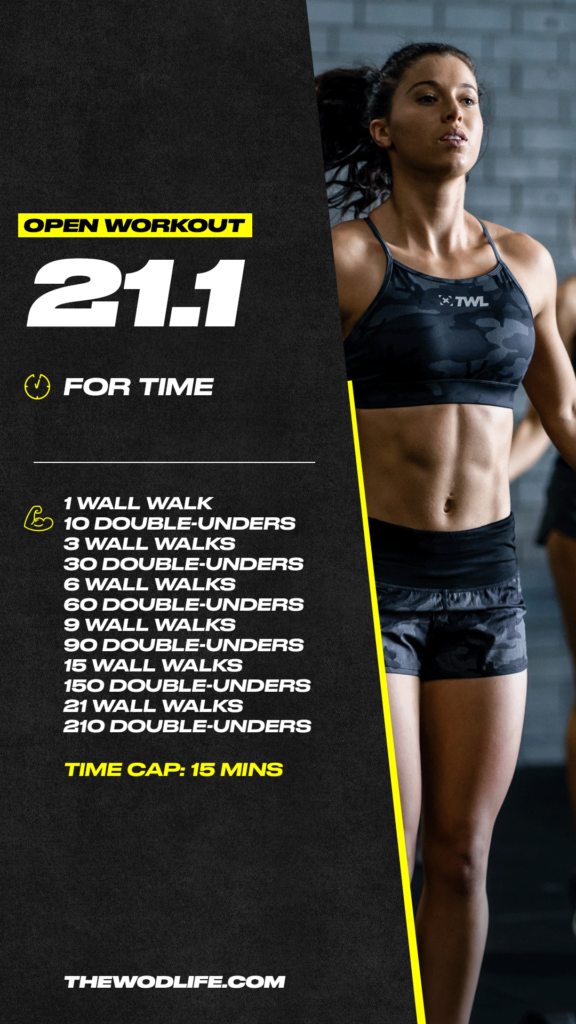
The wall walks threw everyone for a loop, particularly because this is typically a scaled exercise for handstand walks, or simply a great upper-body warm-up. But to see them as an Rx’d movement in an Open workout? That’s a new one.
This workout might trick you. The wall walks would appear to give you a break from the lung-burning double-unders. But truthfully, wall walks are cardio, too. Additionally, double-unders would seem to be a break for your upper-body, but they require your shoulders to do a little work.
So, we’ve got two movements that are both cardio, both upper-body dependent.
Let’s talk about how you can successfully tackle this.
6 Tips to Crush it in Open Workout 21.1
1. Brace Your Core During the Wall Walks
Yes, this movement is a lot of shoulders; but your core is going to play a huge role here. A loose, unengaged core will make it really hard to get up and down that wall. So, before your feet start heading up, engage your core and squeeze your abs.
Doing this will actually take some of the stress off the rest of your body, because it’s going to give you a stronger foundation.
2. Relax Your Arms for the Double-Unders
One of the biggest mistakes people make with double-unders is tensing up their whole body. They pike their legs way out in front of them, and they’ve got their hands up by their shoulders.
We can’t stress this enough: Relax!
The only thing that should really be doing any work is your wrists, and even those should be relaxed. All it takes to successfully execute double-unders is a slight flick of the wrists and a little hopping. Keep your arms loose at your sides, hands around hip-level.
View this post on Instagram
As for the hopping, don’t jump any higher than you need to. The rope is only so thick. Think of being light and springy on your feet — not getting as much air as you possibly can.
The more relaxed you are during the double-unders, the longer you’ll be able to go without having to stop and rest. It’ll also help you avoid no-reps.
The same principles will apply if you’re doing the no-equipment version of 21.1 with lateral jumps. Stay relaxed and light on those feet.
Psst! Need a new jump rope? Check out our collection!
3. Take Your Time
This is big for the wall walks, in particular. You can only go so fast while still being mindful of the movement standards. Plus, with how fried your shoulders are going to be, keeping the wall walks clean, tight, and engaged is going to work in your favor.
Remember that in the live Open announcement, we saw Kristi O’Connell taking breaks in between her wall walks. That likely means that the rest of us will be, too — and that’s totally okay. With a movement and workout like this, it’s better to take a few seconds to rest than get a no-rep. The no-rep will be far more costly.
4. Aim for Slow and Controlled on the Wall
It might seem like the quickest way to get up and down the wall is to throw yourself up and then fall down. However, not only will this make it harder to adhere to the movement standards, but it won’t actually be the most efficient way to plow through those reps. You’d probably find that this approach would take more time, not less.
Also, it probably wouldn’t feel very nice.
Think of it like a squat. When you lower down into your squat, do you just fall into it? No, because you’d lose control and probably collapse at the bottom. This doesn’t mean that you intentionally slow the movement way down. Then, you’d just be taxing your body more than necessary. Rather, you’re simply doing them slow enough to do them the right way.
Descending from these wall walks is going to be the same. You should always be in control.
Just look at Kari Pearce, as an example. She kicked butt and finished the workout, and did you see her rushing through her wall walks? Nope.
5. Break the Reps Up Earlier to Save Yourself Later
It’s almost always the case that you should start breaking up reps before you feel like you need to. Why? Simple. You’re pacing yourself. Don’t wait until you hit a wall to start taking breaks.
This will be especially helpful if you’re still working on your double-unders. Instead of only stopping when you run out of gas or have a no-rep — and no-reps are so frustrating with DUs — consider breaking them up into groups of five, 10, or whatever feels best for you. It should be manageable.
6. Breathing is Everything
Like we said, any way you cut it, this workout is nonstop cardio. Many athletes have the tendency to hold their breath during double-unders. This will come back to haunt you very quickly.
Being very intentional with your breathing will help your engine run longer. As an added bonus, it’ll help you stay relaxed during your DUs, which you know by now is really important.
As always, Dave Castro has given us one heck of a workout, starting the 2021 Open with a bang. Whether you’re doing this workout with or without equipment, give it your all, stay calm, keep a positive attitude, and most importantly, have fun.
GOOD LUCK!

